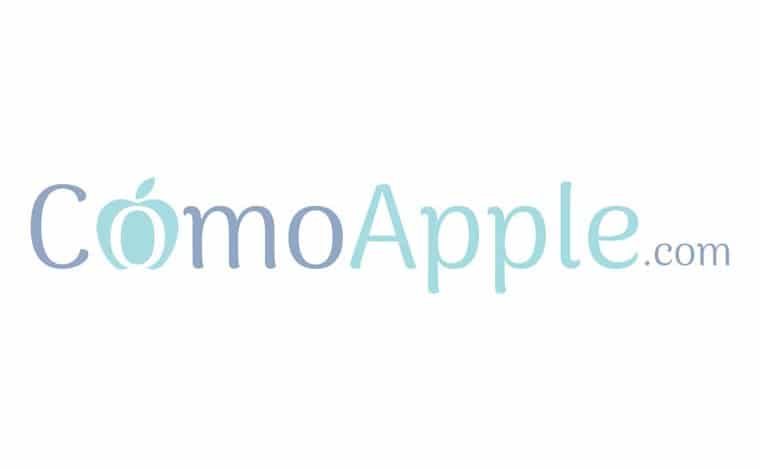
Apple does not include this shell in its Macintosh computers. Despite misconceptions about different types of Mac firmware, there is no way to access the EFI directly. However, you can still alter some of the settings traditionally associated with BIOS and EFI controls.
Subsequently, how do I get into the BIOS on a MacBook Pro?
- Shut down your Mac.
- Press the power button and hold down Command-S as your Mac starts up.
- Release the keys when you see a black screen with white text on it.
Amazingly, what is EFI on MacBook Pro? EFI, which stands for Extensible Firmware Interface, bridges a Mac’s hardware, firmware, and operating system together to enable it to go from power-on to booting macOS. macOS High Sierra will be publicly released on the Mac App Store later today.
In this regard, how do I find my EFI password on MacBook pro? Reboot the Mac and hold down Command+R to enter recovery mode. At the Utilities screen, go to the Utilities menu bar item and choose “Firmware Password Utility” Select to turn the Firmware Password to OFF.
Also, how do I reset my EFI MacBook Pro?
- Shut down the computer.
- Turn on the computer and immediately hold down the “Command,” “Option,” “P” and “R” keys at the same time.
- Release the keys after you hear the computer beep a second time.
- Check to see if the computer is operating properly.
Overview. Since 2006, Mac computers with an Intel-based CPU use an Intel firmware based on the Extensible Firmware Interface (EFI) Development Kit (EDK) version 1 or version 2. EDK2-based code conforms to the Unified Extensible Firmware Interface (UEFI) specification.
How do I boot into BIOS?
Get ready to act quickly: You need to start the computer and press a key on the keyboard before the BIOS hands over control to Windows. You have only a few seconds to perform this step. On this PC, you’d press F2 to enter the BIOS setup menu.
Where is EFI stored macOS?
To answer your question, on my macbook, the EFI is installed under /efi/EFI/APPLE/EXTENSIONS/Firmware. scap under my /dev/sda1 device.
Where is EFI firmware stored?
Instead of being stored in firmware, as is the BIOS, the UEFI code is stored in the /EFI/ directory in non-volatile memory. Thus, UEFI can be in NAND flash memory on the motherboard or it can reside on a hard drive, or even on a network share.
How do I update my MacBook Pro EFI Firmware?
Firmware updates are included in macOS updates. To check for updates on your Mac, choose Apple menu > System Preferences, then click Software Update . Note: Firmware shouldn’t be confused with malware, which can be harmful to your computer.
How do I reinstall OSX without firmware password?
- Connect iCloud “Find My Mac”
- Using another device, locate your Mac and find the “erase” option.
- Once your Mac has been erased, you should be taken to the recovery menu by default where you are able to install a fresh version of MacOS without the FW password.
How do you bypass a password on a MacBook Pro?
With your Mac now in Recovery Mode, click on Utilities in the menu bar followed by Terminal. A new window will show up, waiting for you to enter a command. Type “resetpassword” as one word, without the quotes, and press Return. Close the Terminal window, where you will then find the Reset Password tool.
What is firmware password on MacBook pro?
A firmware password prevents users who don’t have the password from starting up from any internal or external storage device other than the startup disk you’ve selected. It also blocks the ability to use most startup key combinations.
How do I remove the EFI lock on my Macbook Pro?
- Restart your Mac while holding down the Command + R keys to enter Recovery Mode.
- When the Utilities screen appears, go the Utilities menu bar, and select “Firmware Password Utility”.
- Choose to turn the Firmware Password off.
Does a MacBook have a BIOS?
Opening BIOS In Mac Technically, Macbooks don’t come with BIOS, but they have a similar boot firmware called Open firmware or Extensible Firmware Interface. They serve the same purpose as BIOS.
How can I enter BIOS if F2 key is not working?
- Make sure the system is off, and not in Hibernate or Sleep mode.
- Press the power button and hold it down for three seconds and release it. The power button menu should display. …
- Press F2 to enter BIOS Setup.
How do I boot UEFI?
- Access the BIOS Setup Utility.
- From the BIOS Main menu screen, select Boot.
- From the Boot screen, select UEFI/BIOS Boot Mode, and press Enter.
- Use the up and down arrows to select Legacy BIOS Boot Mode or UEFI Boot Mode, and then press Enter.
What key do I press to enter BIOS?
Common keys to enter the BIOS are F1, F2, F10, Delete, Esc, as well as key combinations like Ctrl + Alt + Esc or Ctrl + Alt + Delete, although those are more common on older machines.
Where is Macbook firmware stored?
Firmware can be considered as the system beneath the operating system, as it provides more lower-level functionality for your Mac, and it actually resides on a memory chip rather than being read stored on the disk.
Where is the boot file in Mac OS?
Booting Mac OS X The Mac OS X boot loader is located in /System/Library/CoreServices/boot. efi. When loaded by the firmware, it displays a dark grey Apple logo on the screen.
What is EFI folder?
The EFI (Extensible Firmware Interface) system partition or ESP is a partition on a data storage device (usually a hard disk drive or solid-state drive) that is used by computers having the Unified Extensible Firmware Interface (UEFI).
